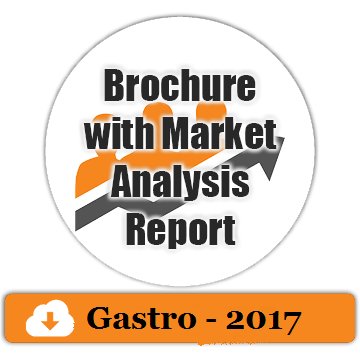
Esam Elshimi
National Liver Institute, Menoufiya University, Egypt
Title: Current safety and feasibility of ERCP in management of early and late post liver transplant biliary complications
Biography
Biography: Esam Elshimi
Abstract
Background & Aim: Biliary complications after living donor liver transplantation (LDLT) represent the most challengeable burden after OLT. Aim of this study was to study safety, feasibility and the clinical and biochemical changes before and after endoscopic therapy for biliary tract complications after living donor liver transplantation.
Patients & Methods: This was a retrospective and prospective study between April 2014 and December 2015, we reviewed the medical records of 108 patients with LDLL. ERCP procedure was indicated in 30 patients (28 males, aged 50.13±5.05 years and two females, aged 51±7 years) for biliary tract complications after living donor liver transplantation at the National Liver Institute.
Results: Biliary stricture was the highest reported complication (56.7%) followed by leakage (53.3%). The lowest were dilatation of common bile duct (sphincter of Oddi dysfunction), and cholangitis; each of them accounts for 3.3% from the total complication. Post ERCP complications were pancreatitis and bleeding in one case for each. Most of patients were HCV positive (50%) followed by chronic HCV and HCC (33.3%) the lowest cause was HCC alone (3.3%). Five patients suffering from pleural effusion prior to ERCP, mild ascites in 28 cases and moderate in two cases, all patients were cardiologically free. The frequency of complication was like one, two and three complications in 21, 7 and 2 cases respectively. The timing of complications was: In ≤3 month, 16 patients developed complication, 22 patients developed complication in 4-12 month, while only three patients developed complication >1 year. Post ERCP complications included mild pancreatitis and GIT bleeding in one patient for each, there were significant changes regarding all liver profile after LDLT before any complication and on the day of presentation (during complication) and between the last one and follow-up (one month) after ERCP therapy (p<0.05). However, there was no significant difference in liver profile between before any complication and follow-up (one month) after ERCP therapy (p>0.05).
Conclusion & Recommendation: ERCP was safe and effective in the treatment of post liver transplant biliary complications and should be recommended for all patients in this setting.

